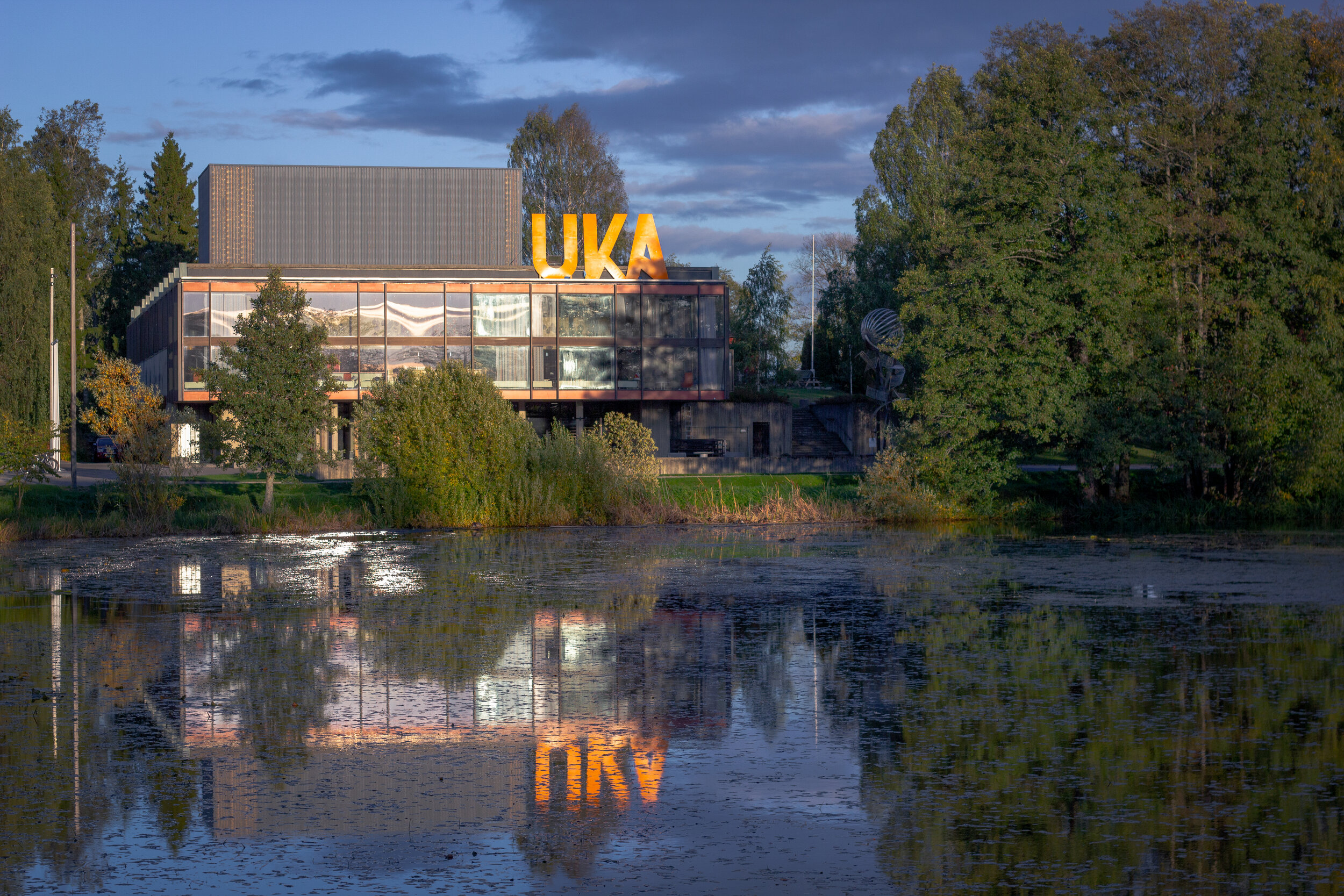Steps on the way to UKA i Ås
Journalist: Tord Kristian F. Andersen
This year is an anniversary of UKA i Ås, and even in these unique and uncertain times, it can be good to know that UKA i Ås has always been adaptable and changed with time and due to situations. With this, I want to bring up some points that have shaped and continue to shape, UKA i Ås to this day. These are the historical steps on the way to where we stand and why we are here now.
The first UKA i Ås, 1924
The first UKA i Ås is actually an anachronism, as we today like to count 1924 as the first UKE, even though our dear festival did not start calling itself by its current name until 1934. The tradition still starts here, with good revues with roots back to the late 1800s. When UKA i Ås began, it was arranged for income for the operation of Samfunnet, just like now.
From the revue "Tendensiås" in 1939
The first woman in an Ås revue 1934
It took a long time before women were represented in the revue, UKA, and the College of Agriculture in general. During the revue in 1934, a trend began starting with the pointe dancer Bibi, which later developed into the first female UKEboard member in 1972, to women becoming 40% of the student body in 1980.
The first Hestehov, 1938
For those of you who are not familiar with the concept, 'Hans Hovenhet Hestehoven' is an order within the Student Society in Ås. The order itself was admittedly founded earlier, however, the first promotion took place in 1938. Since 1954, this order promotion has been part of UKA in Ås.
The first UKE medals, 1958
UKA i Ås has always been proud of its voluntary work. In 1958, UKA began to concretize this gratitude in the form of the UKEmedals. All volunteers and committee leaders receive this as a thank you for their efforts. Gratitude was especially important early in the race when all NLH students were called in to make efforts for the coming UKA.
Aud.Max. i 1970
The first use of Aud.Max., 1970
The university had grown steadily until 1970, and finally a new building was available: Auditorium Maximum. Up until this moment, Samfunnet, which was financed after UKA i Ås in 1933, had been the chosen venue. Before that, the university’s building was borrowed to host the festival. With a large new hall available, brand new opportunities and potential for expansion opened for the following UKEs, which helped as the number of students continued to increase.
The first external concerts, 1974
Another turn that has had a significant impact on the events held today was the beginning of bringing in more external bands to concerts, in 1974. In 1980, this change became even more conscious, and although the revue can still be experienced as the core of UKA i Ås, there has since been more focus on other events as well.
King Olav posing with the UKEboard in 1978
First kingly visit, 1978
After an open letter to the king was published in several major newspapers, King Olav V came to the world premiere in 1978. This was not the first famous guest, as ministers and other royals had attended earlier years, but it still shows how the event in many ways became increasingly legitimate and branded in nationwide media.
The first miniUKE, 2006
miniUKA is a relatively new concept in UKA i Ås' long history. The purpose of this festival is in many ways to act like a dress rehearsal for the actual UKA in the upcoming fall. A MICROrevue was held in May 2000, and MidtUKA was organized in 2002 and 2004. MidtUKA was primarily an event to prepare Samfunnet for UKA in the fall, but there was also organized a midtUKErevue and party.
miniUKA got its modern form in 2006, in name and format. It is still anchored in the renovation of Samfunnet, but those who participate get the status of miniUKE volunteers. Larger artists appear, and the revue is held as usual. miniUKA has since been arranged in this way, as UKA i Ås in a smaller scale.
This spring's miniUKE was the first to be canceled, which reflects Erna's statement about Norways strongest measures in peacetime. The last time UKA in Ås was affected to such an extent was during wartime, but it must be said that the festival came back stronger afterwards.
This is far from all the steps that led up to 2020, and they are far from the last ones that will be met in the future. It still tells a story about how and why we have ended up where we are today, from the student market to "Norway's longest cultural event".





